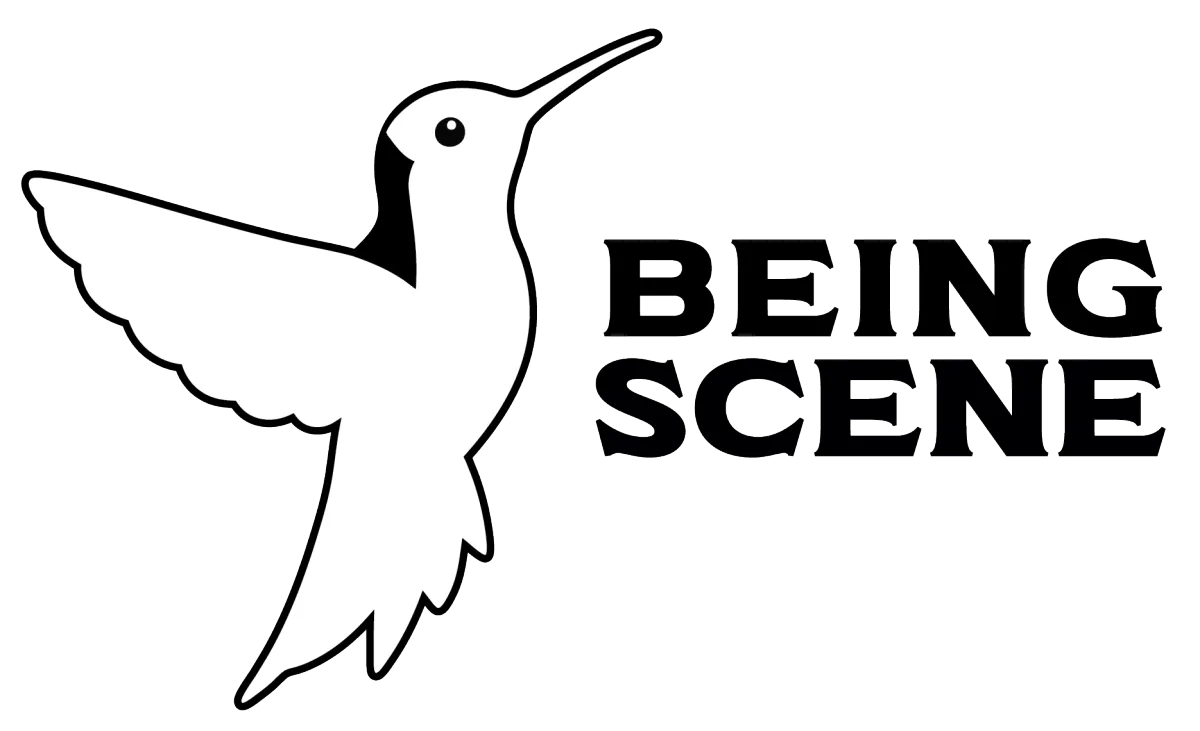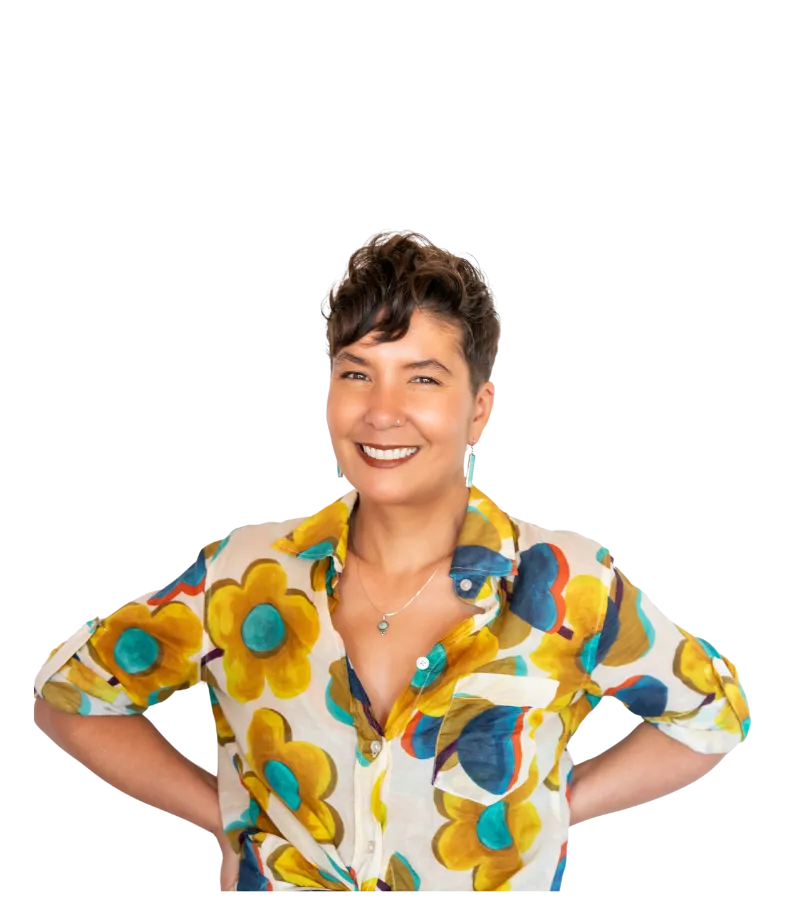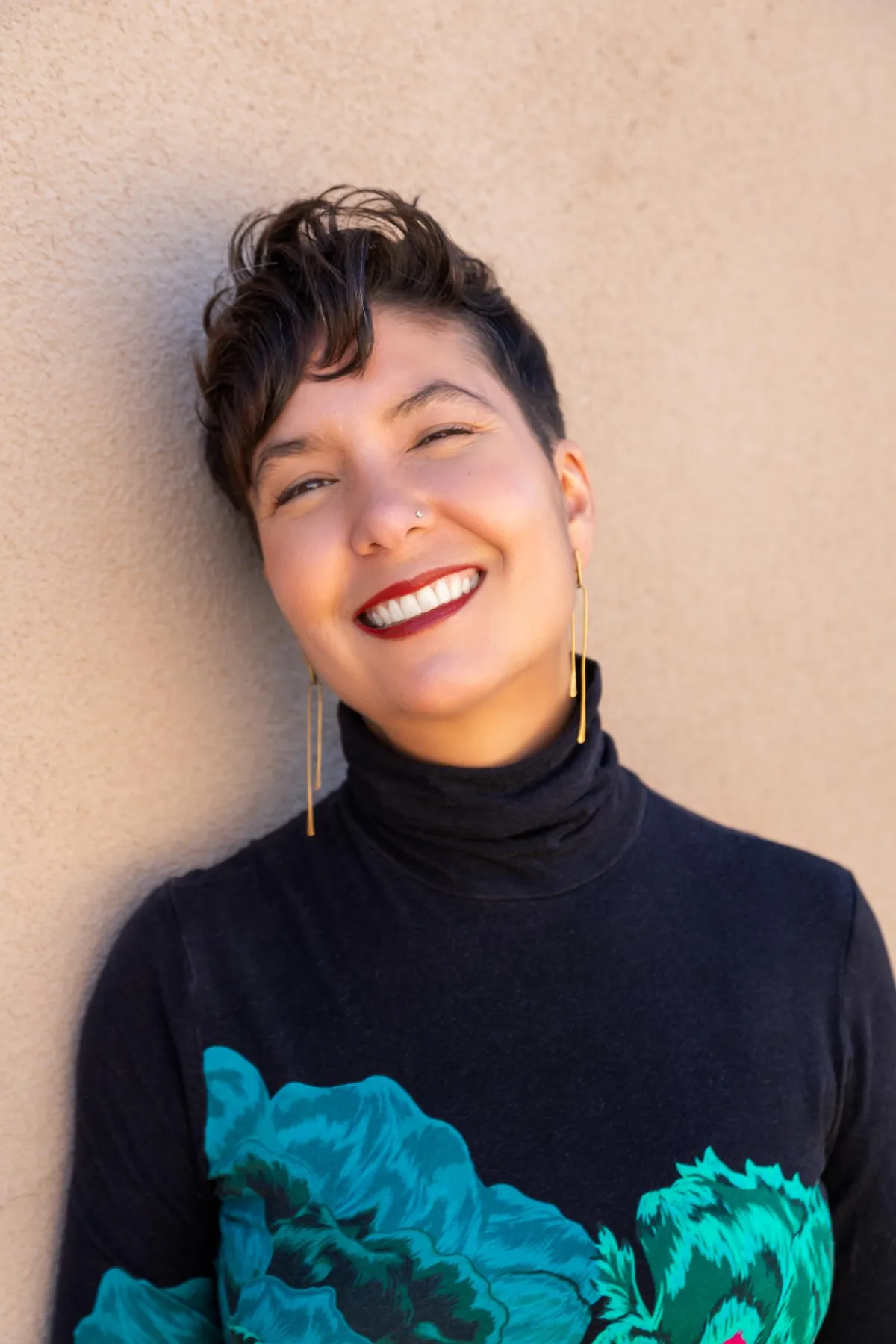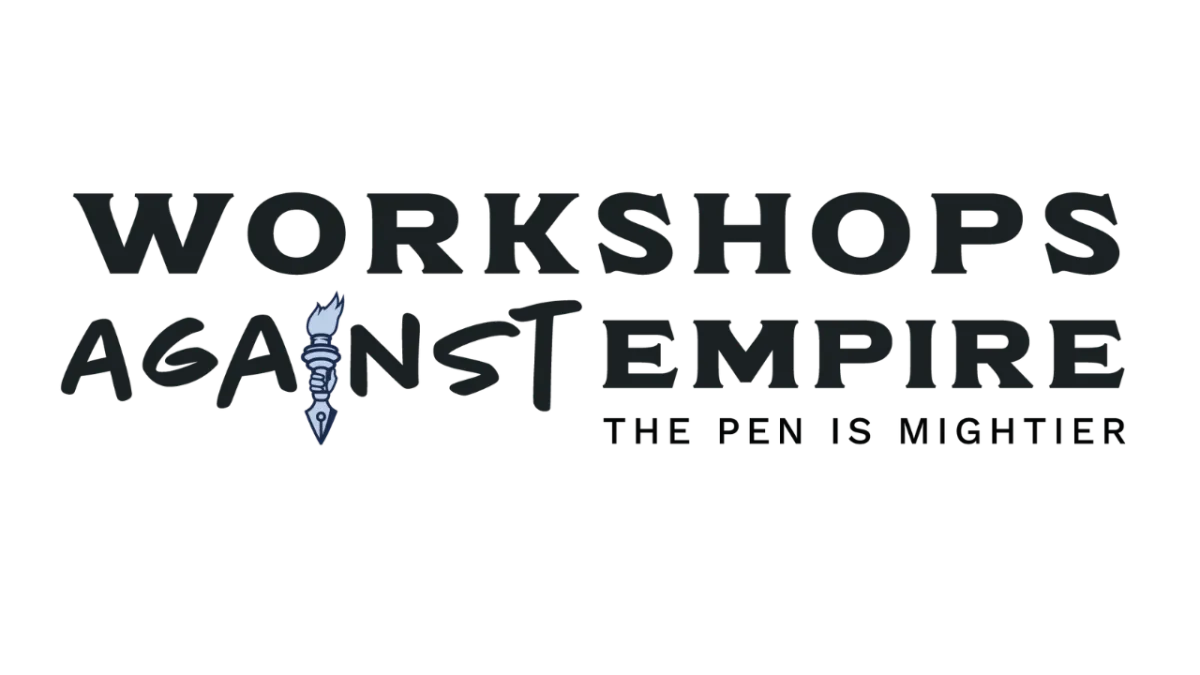
"Good fiction sets off a vivid and continuous dream in the reader's mind." — John Gardner
Take this course, and let's set it off.
WHAT WE DO
Tell your story.
Change the world.
Workshops Against Empire is the ONLY program that combines a complete framework for writing a publishable novel with a focus on the social impact of your story.
That’s right. An alternative MFA in Writing program with social justice at its core.
WHAT WE DO
Tell your story.
Change the world.
Workshops Against Empire is the ONLY program that combines a complete framework for writing a publishable novel with a focus on the social impact of your story.
That’s right.
An alternative MFA in Writing program with social justice at its core.

The second course of the Workshops Against Empire alternative MFA program
—now available in a self-paced format for just $97!
You know that magical feeling of being transported by fiction—the sense that you're no longer reading the story, you're living it?
It's not actually magic; it's neuroscience. (Which, come to think of it, might be the same thing.)
In this self-paced course, I'll show you how to unleash the true power of scenes in your stories, sharing techniques borrowed from great authors and screenwriters, firmly anchored in neuroscience.
You'll emerge with four powerful scenes that will transform your reader's experience of your novel—and take your command of craft to the next level.
Covered in This Course
Section One: Anchor Scenes
Fun fact: Fiction appears to run on the same neural architecture as dreams—which means that when a scene is strong enough, the reader's brain literally can't tell the difference between what they're reading and what they're actually experiencing.
Which is to say, effective scenes actually hijack your reader's mind—while conveying far more in the way of character, conflict, backstory, and world building than you could share in any other way.
In the first section of this course, I'll share:
Why scene is THE key to getting your reader hooked on and immersed in your story
The real meaning of "show, don't tell" (it's not what most people think)
How to use 4 key scenes for maximum effect
Where to place the key scenes in your novel
Where to dramatize and where to summarize
The essential role of scenes in effective storytelling
Section Two: Backstory and World Building
One of the most important things the opening of a novel must do is establish the protagonist, their backstory, and the world in which they live. In this second section, I'll share how to create scenes that carry all of that important info in a way that's invisible to your reader (avoiding the appearance of telling and "info dumps"), while also introducing your protagonist in a way that will give your reader no choice but to become invested in their story.
Topics covered in section two of this course include:
The secrets of powerful openings
Essential backstory vs. nonessential backstory
Essential world building vs. nonessential world building
The trick to making your reader fall in love with your protagonist right away (even if they're "unlikable")
How to use situation and dialogue to carry backstory
Best practices for "establishing scenes"
Section Three: Dialogue, Body Language, and Subtext
Great dialogue establishes character in the most vivid, compelling way, while also advancing plot—but what's actually said is just the tip of the iceberg. In the third section of this course, I'll share best practices for dialogue, subtext, and body language, as well as powerful techniques for generating emotion in your reader.
In section three, we'll cover:
Dialogue vs. subtext
What Flannery O'Conner meant when she said that fiction was made of "mystery and manners"
The balance of external scene to interiority with POV
How to set up the emotion in the scene BEFORE it begins, so your reader can fully experience it for herself
Best practices for conveying emotion in the characters while the scene is running
Best practices for introducing characters in a vivid, compelling way
Section Four: Character and Conflict
Conflict is the fuel that drives narrative—but as far as your reader is concerned, if the conflicts in your novel don't unfold in scenes, they don't actually exist. Conflict in scenes also serves to clarify plot and establish character in a way that's unforgettable, strengthening the overall sense of storytelling.
Topics covered in section four of this course include:
Overt conflict vs. implied conflict
How to escalate the conflict in your scenes toward a "breaking point" (development or reveal)
Using conflict to clarify plot
Using conflict to clarify character
How to ensure there's some element of conflict in every scene you write—even if your characters are the best of friends
The importance of conflicting agendas
Best practices for "turning point" scenes
Section Five: Tension, Reversals, and Reveals
Narrative tension is what keeps the reader turning the pages to find out what happens next. In order to create this essential sort of tension in your scenes, those scenes can never be too predictable—and in fact must deliver some reversal of either expectation or power.
In the final section of this course, we'll cover:
How set up your scenes to generate surprise and delight in your reader
Reversals of expectation, and how they deliver dopamine to the reader's brain
Reversals of power, and how they keep your reader glued to the page
Power dynamics in scenes
Best practices for effective climax scenes
Frequently asked Questions
Who is this course for?
This course was designed for novelists and aspiring novelists with a work-in-progress, but what you will learn in this class is also applicable to short stories.
Who is this course NOT for?
Think you already know everything about scene craft?
This course isn't for you.
Don't think that scenes are all that important in fiction, and maybe just want to do some stream-of-consciousness thing?
This course isn't for you.
Are you looking for feedback on your novel as a whole?
This course isn't for you.
What level of experience is required?
This course is appropriate for writers at all levels.
If you're just starting out with fiction, this course will give you a solid grounding in the basics of scene craft.
If you're a seasoned pro, this course will help you produced polished work in a more intentional and efficient way.
This course is designed to give you two key things:
1. Four powerful "anchor scenes" that will transform your reader's experience of your novel.
2. A fundamentally sound education in the art of immersive, compelling, propulsive scenes.
What is your framework based on?
The framework I teach in Being Scene draws from:
Robert McKee's Story: Style, Structure, Substance, and the Principles of Screenwriting
Lisa Zunshine's Why We Read Fiction: Theory of Mind and the Novel
The work of Lisa Cron, author of Wired for Story and Story Genius
The work of Lidia Yuknavitch, bestselling author and founder of Corporeal Writing Center (Portland, OR)
It's also based on my 12+ years of experience as a book coach, and my own experience as a writer and editor.
This framework brings together the nuts and bolts of the craft of fiction with what we know about the reader's experience via the latest in neuroscience, and it will help you get all those brilliant ideas out of your head and onto the page in a way the reader can actually FEEL.
There's nothing else like it anywhere, and I can say from experience that what I'm going to share in this class really works.
What's the time commitment?
The answer to this question will be different for everyone, depending on what stage they're at with their novel and their own level of development as a writer.
That said, you can plan on around 3 hours for the first section of the course (as you develop a plan for your key scenes) and 4-6 hours for each of the 4 sections that follow (as you write and/or refine 4 key "anchor scenes").
Can I download the lectures in Being Scene for offline viewing?
Yes, the lectures, videos, and assignments are fully downloadable.
Is Being Scene part of a larger curriculum?
Yes! Being Scene is one of the five core courses at the heart of my year-long alternative MFA program, Workshops Against Empire.
About Your Instructor

An American with roots in the Caribbean and upper Midwest, Susan DeFreitas is the author of the novel Hot Season, which won a Gold IPPY Award, the editor of Dispatches from Anarres: Tales in Tribute to Ursula K. Le Guin, and the creator of Workshops Against Empire—the alternative MFA program for writers who want to change the world. Her work has been featured in the Writer’s Chronicle, LitHub, Story, Story Quarterly, Lady Churchill’s Rosebud Wristlet, Daily Science Fiction, and elsewhere.
An independent editor and book coach, she lives in Santa Fe, New Mexico.
You can learn more on her personal website,
Praise for "Being Scene"
"Sincerely, this has been the single best investment I’ve made in a craft class."
- C. Wilcox
"Being Scene has been very helpful to me in further exploring how to bring scenes to life—and I very much appreciated the recordings of the live calls, as those discussions brought so much clarity to the material."
- J. Wilson
"As someone who normally struggles with the online format, having the written material (and in a format that can be printed) as well as video and live lecture is super helpful. I’m finding the way you’ve organized all of the material very accessible!"
- M. Clifton
Ready to make sure your novel is as riveting on the page as it is in your head?
MENU
ON SOCIAL

